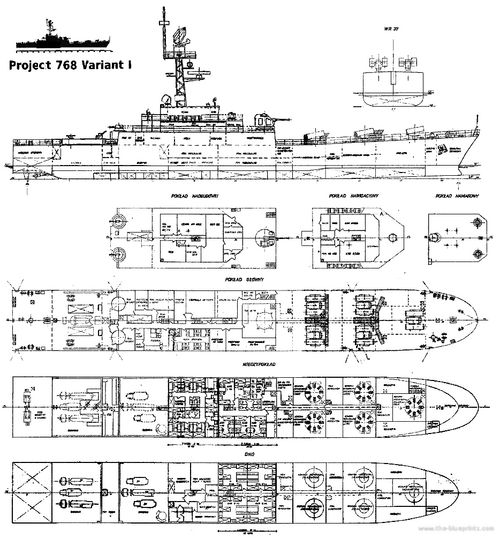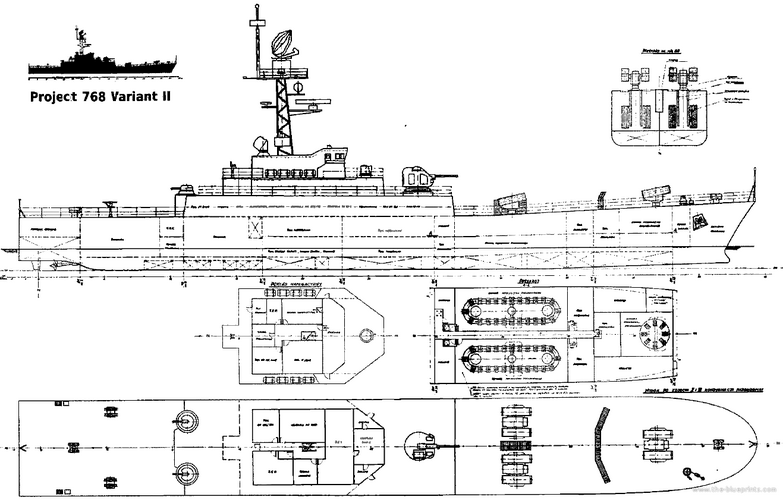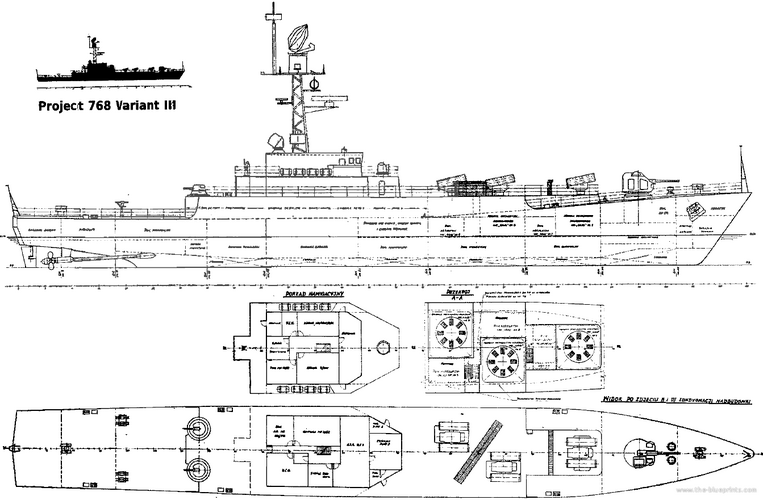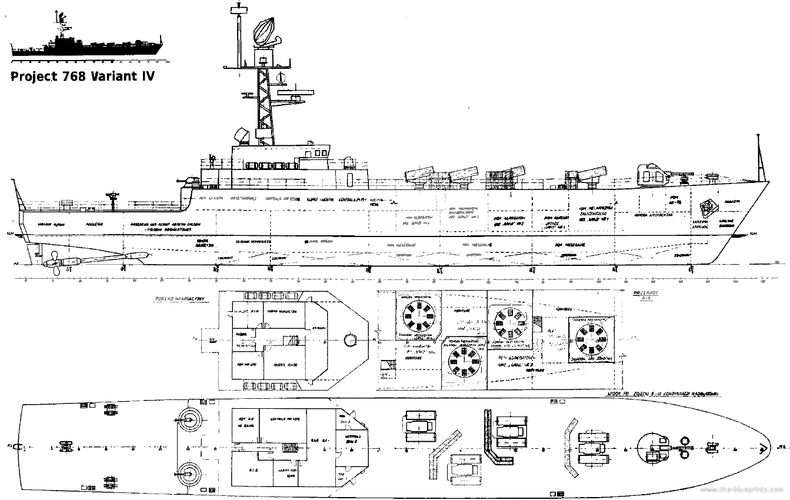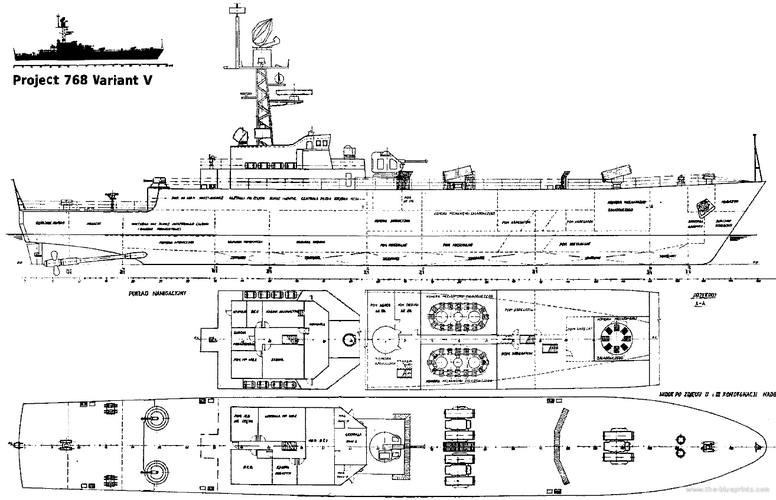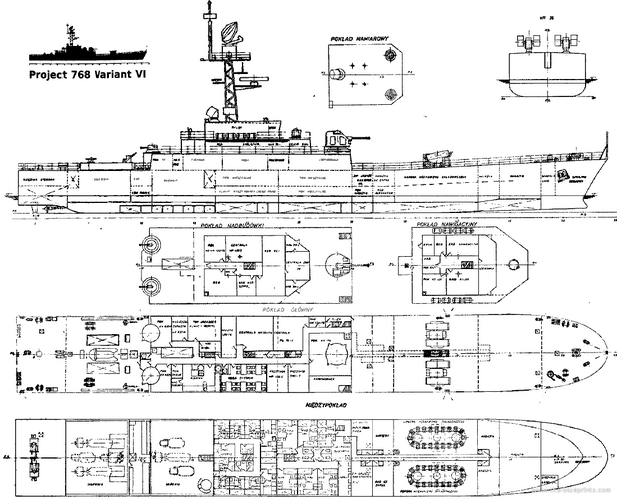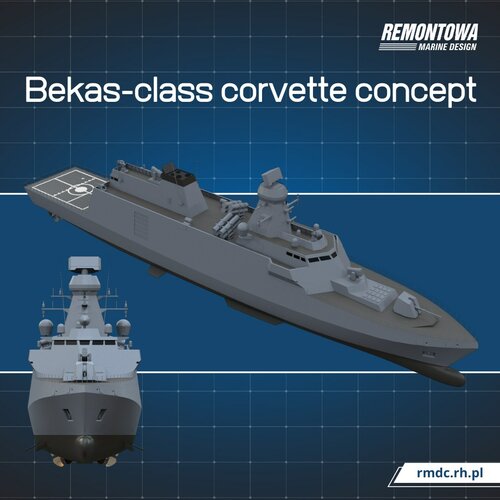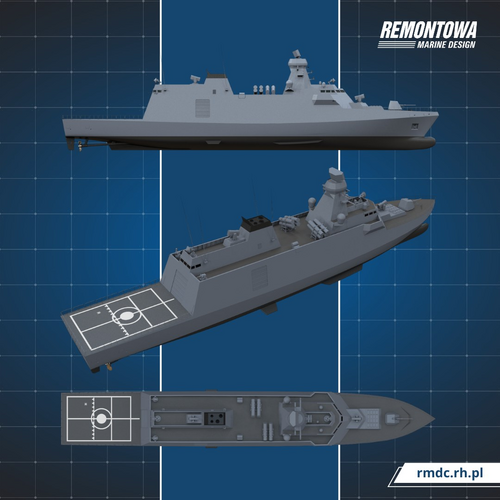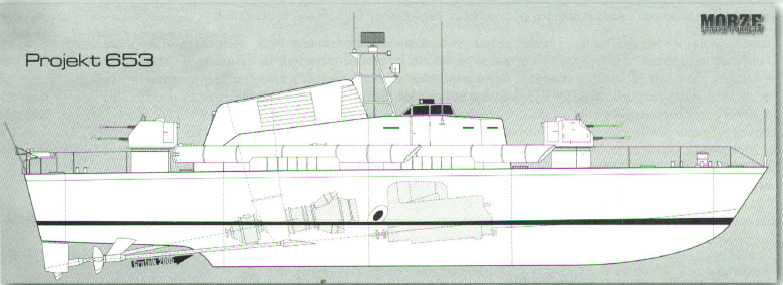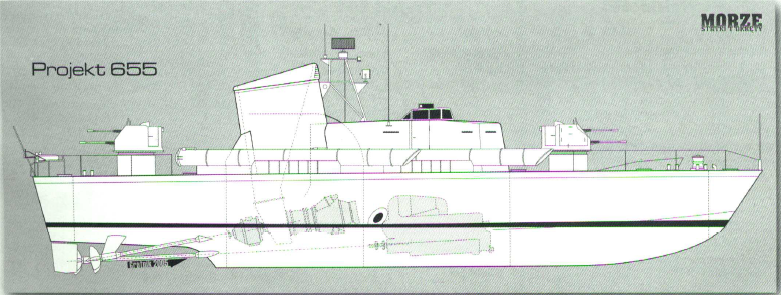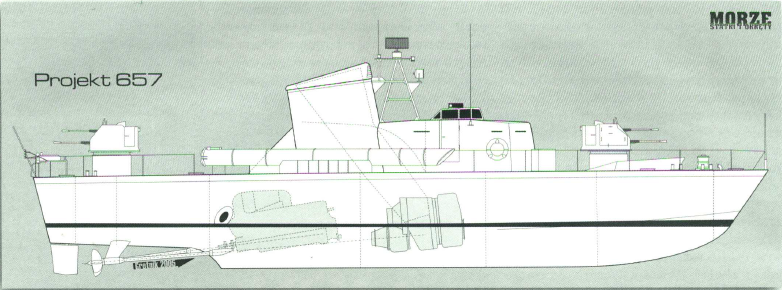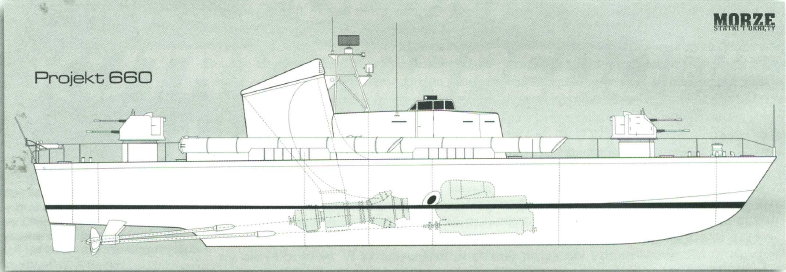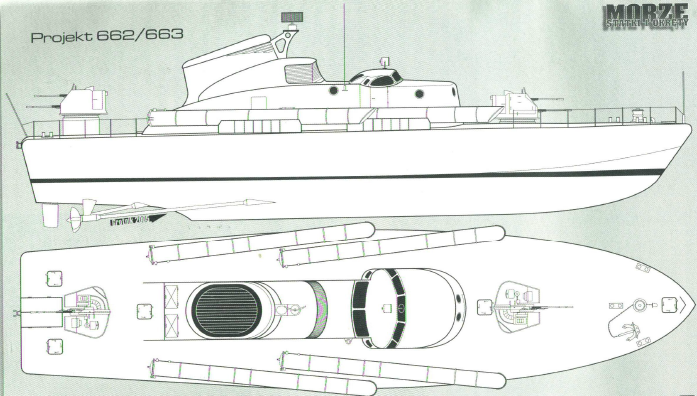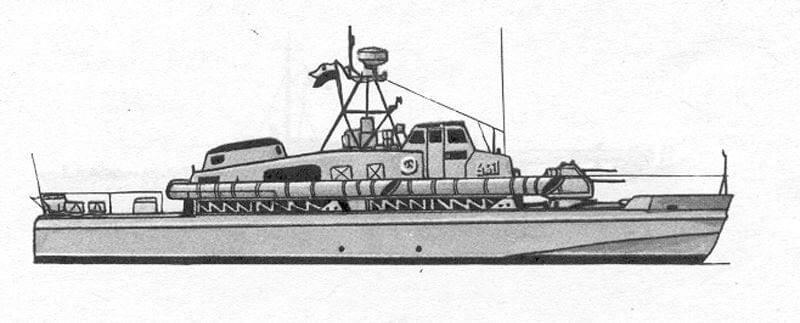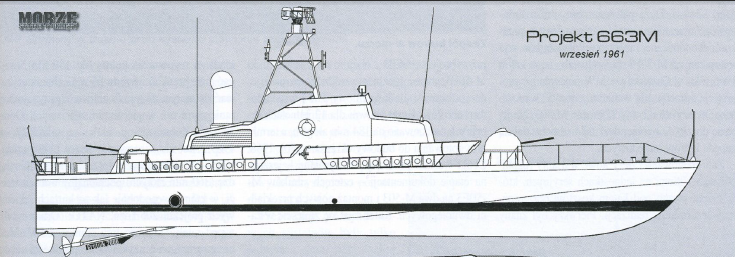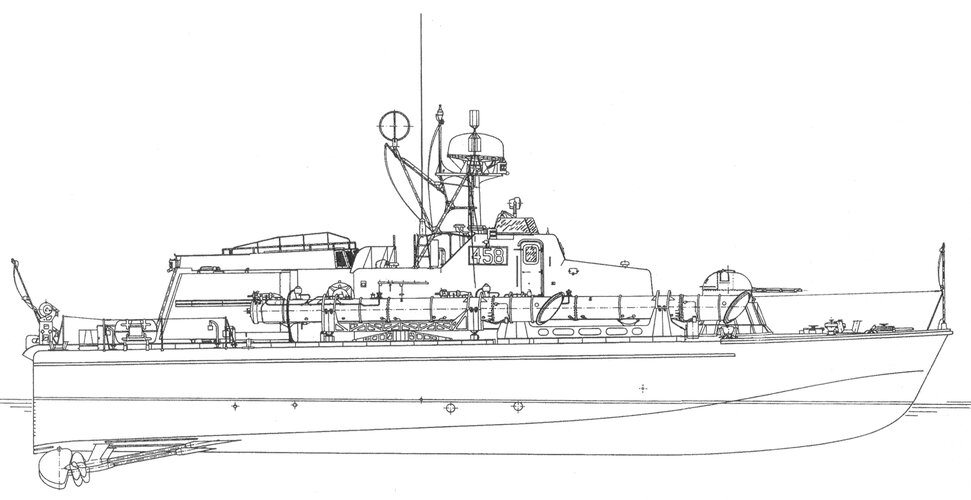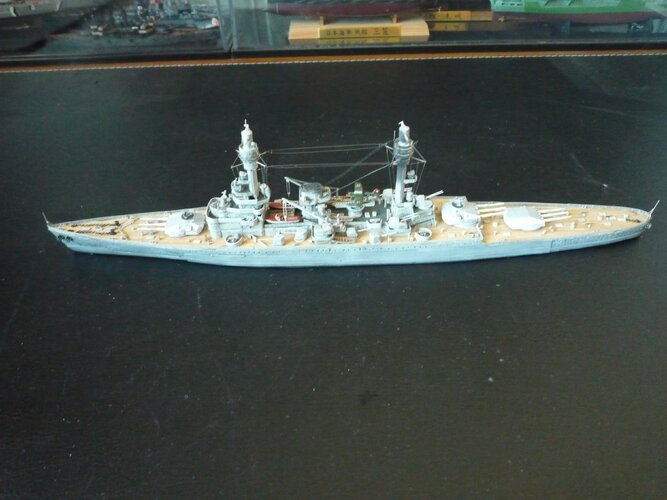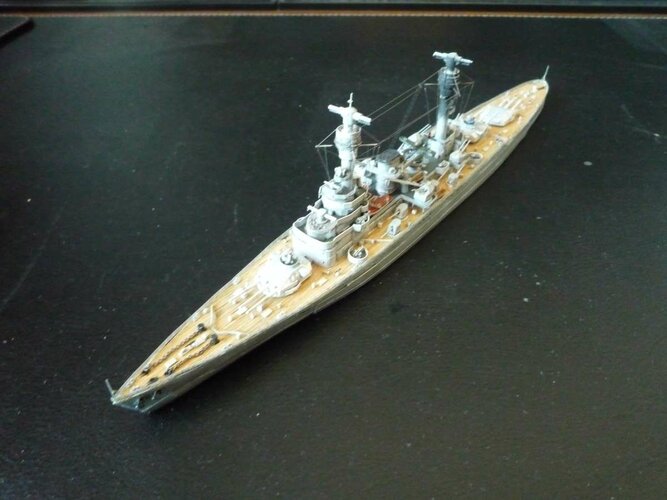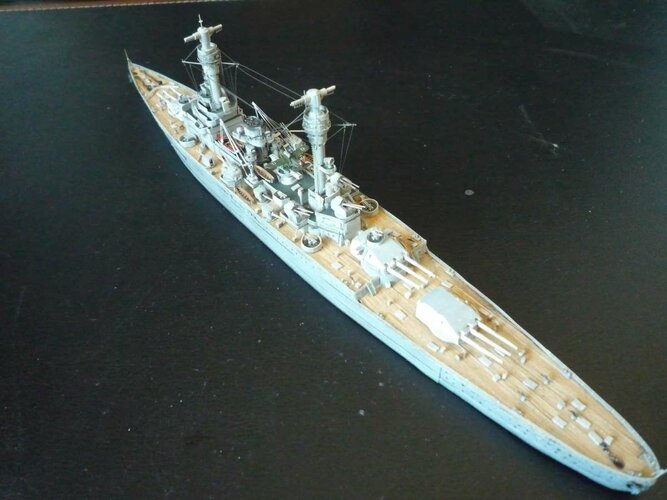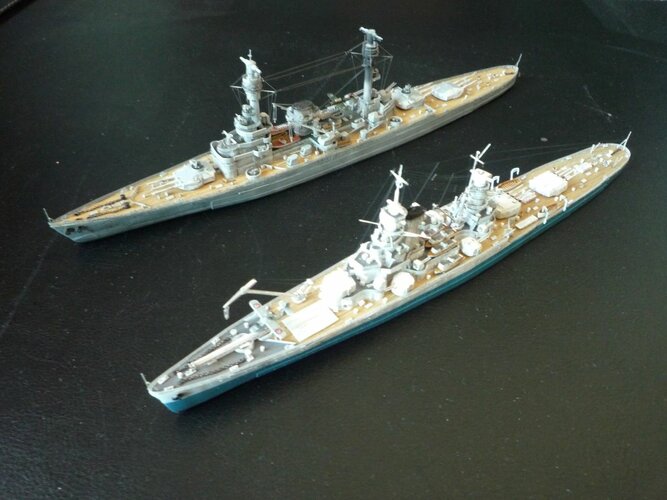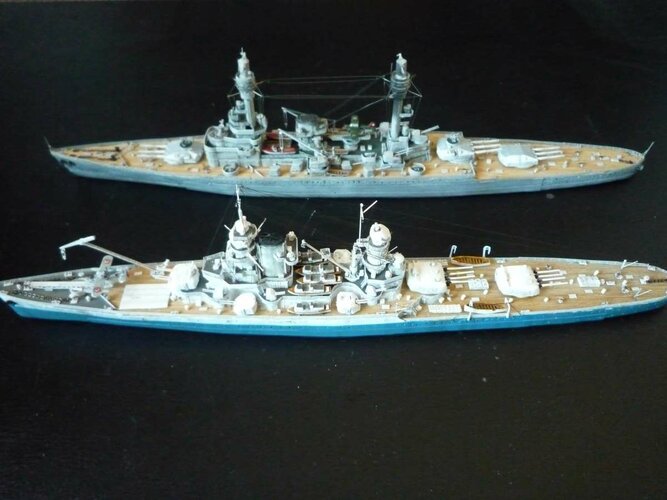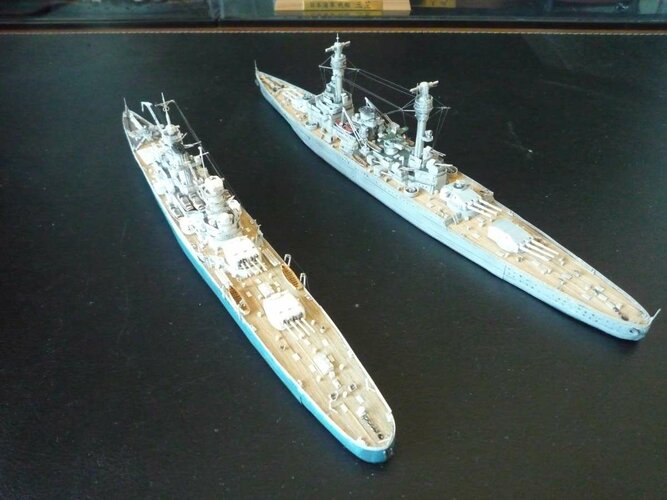USSEssex
ACCESS: Confidential
- Joined
- 11 May 2021
- Messages
- 152
- Reaction score
- 266
Part 2 about aircraft carriers.
4. Apparently, during the Battle of the Atlantic, there was an idea to transfer escort aircraft carriers to the Polish Navy.
It was first written about on the fow.pl forum, but apart from this information, nothing more is known about it, currently it is a legend, because as far as I know, no documents have been found to confirm it.
It is also unknown where this information comes from.
Maybe someone will remember something when I wrote about it.
5. Another Polish thread with an aircraft carrier concerns Captain Stefan P. Wesołowski.
In November 1943, Wesołowski received an offer to become the deputy commander and then commander of the auxiliary aircraft carrier USAT Ganandoc.
This ship was supposedly built in 1940 as an iron ore carrier, but was to be converted into an auxiliary aircraft carrier at the Brooklyn Naval Yard.
There were to be 65 fighters on the lower deck, with 30 fighters on standby on the flight decks.
One day USAT Ganandoc was damaged during the invasion of Normandy, so until it was repaired Stefan Wesołowski served on another ship, was again in command of USAT Ganadnoc in March 1945 after it was repaired, and served on it until the end of the war.
So much for the historical summary.
The mystery is what ship Wesołowski wrote about.
I know one ship called SS Ganandoc, but from what I know it was built in England in 1929 here source https://www.navsource.org/archives/30/22/22030.htm.
Additionally, I don't remember any photos of Ganandoc being rebuilt into an auxiliary aircraft carrier.
He wrote down his memories in his book titled: Od „Gazoliny” do „Ganandoca” from 1983.
The sources I used https://www.polishnews.com/hero-of-two-nations , and polish wikipedia here link https://pl.wikipedia.org/wiki/Stefan_Wesołowski_(żołnierz)#Służba_na_morzu .
This is because there are few sources.
6. Plan M.
This naval program was developed sometime in 1942/43, December 5. 1944 was accepted, not created.
And I read this Plan M, I don't see any mention of Casablanca-class aircraft carriers there, but the 6 aircraft carriers were supposed to have a displacement of 8,000 tons, the 3 battleships that are there have a displacement of 35,000 tons each.
Some of the ships were supposed to be from allies, including Great Britain.
So it is possible that the aircraft carriers would be British, and maybe they would be aircraft carriers similar to the Casablanca.
And as I wrote a few posts above, this document mentions a medium cruiser with a displacement of over 8,000 tons, the order of which was prevented by the outbreak of war in 1939 (yes, it says medium cruiser in the document, you read that correctly).
I will tell you once again what I see in the document: the next order was to build a medium cruiser with a displacement of over 8,000 tons.
The earlier sources I cited didn't mention it was a medium cruiser, there's a difference.
Now I am writing to you what I see in the document, and a few posts above I directly quoted information about the cruiser from the document, and you can find my post here.
In one of the tables I see a Hosyo-class aircraft carrier and a North Carolina-class battleship, and in one of the boxes next to the name North Carolina it is entered 115,000 HP.
Sources https://fow.pl/forum/viewtopic.php?p=170272&hilit=lotniskowiec+eskortowy#p170272 , and for plan M https://pism.org.uk/online-document-catalogue/
Maybe I will write about Plan M itself another time.
Conclusions.
So, the case with Hosyo can be said to be true, but as for Casablanca, it cannot be ruled out that this class of aircraft carriers would be chosen, but there is nothing in the document confirming that these 6 aircraft carriers are the Casablanca class.
Apparently, in the book Lotnictwo Polskiej Marynarki Wojennej w latach 1945-1963 authored by Mariusz Konarski, 6 aircraft carriers similar to the Casablanca class were mentioned, but I cannot verify this because I do not have this book.
For the first time, I read about 6 aircraft carriers similar to the Casablanca class and Plan M somewhere on the Internet a few years ago, but I don't remember where, on another website where I read about Plan M, there was a photo of a Casablanca class aircraft carrier (if I remember correctly).
It seems that this could have misled me, so if I write about the Casablanca, in the context of the Polish war, then speaking directly, the Casablanca class is simply bad, although I do not exclude that they could have opted for this class of aircraft carriers, of course, if Poland was a free country, about as I wrote above, and if anything, we should talk about aircraft carriers similar to the Casablanca class in the context of Plan M.
This is a short explanation of where the confusion with casablanca comes from.
4. Apparently, during the Battle of the Atlantic, there was an idea to transfer escort aircraft carriers to the Polish Navy.
It was first written about on the fow.pl forum, but apart from this information, nothing more is known about it, currently it is a legend, because as far as I know, no documents have been found to confirm it.
It is also unknown where this information comes from.
Maybe someone will remember something when I wrote about it.
5. Another Polish thread with an aircraft carrier concerns Captain Stefan P. Wesołowski.
In November 1943, Wesołowski received an offer to become the deputy commander and then commander of the auxiliary aircraft carrier USAT Ganandoc.
This ship was supposedly built in 1940 as an iron ore carrier, but was to be converted into an auxiliary aircraft carrier at the Brooklyn Naval Yard.
There were to be 65 fighters on the lower deck, with 30 fighters on standby on the flight decks.
One day USAT Ganandoc was damaged during the invasion of Normandy, so until it was repaired Stefan Wesołowski served on another ship, was again in command of USAT Ganadnoc in March 1945 after it was repaired, and served on it until the end of the war.
So much for the historical summary.
The mystery is what ship Wesołowski wrote about.
I know one ship called SS Ganandoc, but from what I know it was built in England in 1929 here source https://www.navsource.org/archives/30/22/22030.htm.
Additionally, I don't remember any photos of Ganandoc being rebuilt into an auxiliary aircraft carrier.
He wrote down his memories in his book titled: Od „Gazoliny” do „Ganandoca” from 1983.
The sources I used https://www.polishnews.com/hero-of-two-nations , and polish wikipedia here link https://pl.wikipedia.org/wiki/Stefan_Wesołowski_(żołnierz)#Służba_na_morzu .
This is because there are few sources.
6. Plan M.
This naval program was developed sometime in 1942/43, December 5. 1944 was accepted, not created.
And I read this Plan M, I don't see any mention of Casablanca-class aircraft carriers there, but the 6 aircraft carriers were supposed to have a displacement of 8,000 tons, the 3 battleships that are there have a displacement of 35,000 tons each.
Some of the ships were supposed to be from allies, including Great Britain.
So it is possible that the aircraft carriers would be British, and maybe they would be aircraft carriers similar to the Casablanca.
And as I wrote a few posts above, this document mentions a medium cruiser with a displacement of over 8,000 tons, the order of which was prevented by the outbreak of war in 1939 (yes, it says medium cruiser in the document, you read that correctly).
I will tell you once again what I see in the document: the next order was to build a medium cruiser with a displacement of over 8,000 tons.
The earlier sources I cited didn't mention it was a medium cruiser, there's a difference.
Now I am writing to you what I see in the document, and a few posts above I directly quoted information about the cruiser from the document, and you can find my post here.
In one of the tables I see a Hosyo-class aircraft carrier and a North Carolina-class battleship, and in one of the boxes next to the name North Carolina it is entered 115,000 HP.
Sources https://fow.pl/forum/viewtopic.php?p=170272&hilit=lotniskowiec+eskortowy#p170272 , and for plan M https://pism.org.uk/online-document-catalogue/
Maybe I will write about Plan M itself another time.
Conclusions.
So, the case with Hosyo can be said to be true, but as for Casablanca, it cannot be ruled out that this class of aircraft carriers would be chosen, but there is nothing in the document confirming that these 6 aircraft carriers are the Casablanca class.
Apparently, in the book Lotnictwo Polskiej Marynarki Wojennej w latach 1945-1963 authored by Mariusz Konarski, 6 aircraft carriers similar to the Casablanca class were mentioned, but I cannot verify this because I do not have this book.
For the first time, I read about 6 aircraft carriers similar to the Casablanca class and Plan M somewhere on the Internet a few years ago, but I don't remember where, on another website where I read about Plan M, there was a photo of a Casablanca class aircraft carrier (if I remember correctly).
It seems that this could have misled me, so if I write about the Casablanca, in the context of the Polish war, then speaking directly, the Casablanca class is simply bad, although I do not exclude that they could have opted for this class of aircraft carriers, of course, if Poland was a free country, about as I wrote above, and if anything, we should talk about aircraft carriers similar to the Casablanca class in the context of Plan M.
This is a short explanation of where the confusion with casablanca comes from.
Last edited:

